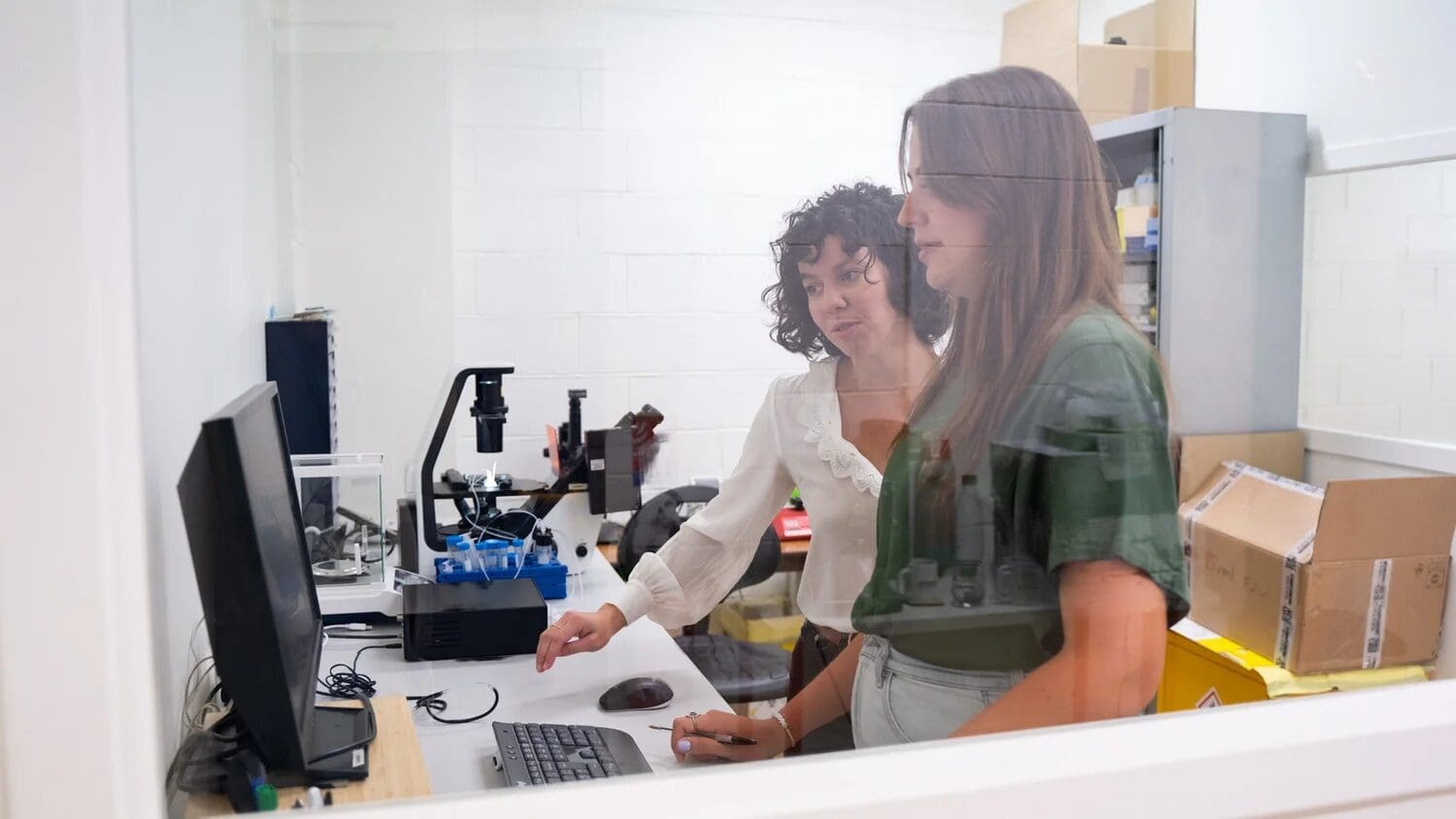Photolithography, also known as optical lithography or UV lithography, is a process used in microfabrication to pattern parts of a thin film or the bulk of a substrate. It employs light to transfer a geometric pattern from a photomask to a light-sensitive chemical (photoresist) on the substrate. Subsequent chemical treatments either engrave the exposure pattern into the material or enable deposition of a new material in the desired pattern upon the material underneath the photoresist.
Photolithography is a crucial process in the field of microfluidics, used to create micro- and nano-scale structures, and is a key component in the fabrication of microfluidic devices. In this glossary entry, we will delve into the details of photolithography and its application in microfluidics.
History of Photolithography
The history of photolithography is closely linked to the development of semiconductor technology. It was first introduced in the 1960s for creating integrated circuits (ICs) and microprocessors. Over the years, photolithography has evolved and improved, allowing for the creation of increasingly complex and miniaturized microfluidic devices.
Photolithography has been a key driver in the relentless progress of Moore’s Law, which predicts the doubling of the number of transistors in a dense integrated circuit approximately every two years. This has been made possible by the continuous refinement and evolution of photolithographic techniques, enabling the creation of ever smaller and more complex structures.
Early Developments
The concept of photolithography was first introduced by physicist Richard Feynman in his 1959 lecture “There’s Plenty of Room at the Bottom”. In this lecture, Feynman proposed the idea of using light to etch patterns onto a surface, which would later become the basis for photolithography.
However, it wasn’t until the 1960s that the first practical applications of photolithography were developed, primarily for integrated circuits in the semiconductor industry.
Modern Photolithography
Modern photolithography techniques have come a long way since these early days. Today, photolithography can create incredibly complex and intricate patterns on a variety of materials using advanced light sources, such as ultraviolet (UV) light, and sophisticated masking techniques.
One of the most significant advancements in photolithography is the development of immersion lithography, where the wafer and the lens are immersed in a liquid medium, typically water, in order to increase the resolution of the pattern that can be created. This enabled the creation of structures smaller than the light wavelength used.
Photolithography Process
The photolithography process involves several key steps that crucial in creating the desired pattern on the substrate. These steps include substrate preparation, photoresist application, soft baking, mask alignment, exposure, post-exposure baking, development, and hard baking.
Each of these steps requires precise control and careful execution to ensure the desired pattern is accurately transferred to the substrate. Any errors or inconsistencies in the process can result in defects in the final product, which can impact its performance and reliability.
Substrate Preparation
The first step in the photolithography process is substrate preparation. This involves cleaning the substrate to remove any dust, dirt, or other contaminants using a combination of chemical and physical cleaning methods.
Once the substrate is clean, it is coated with a layer of photoresist. The photoresist is a light-sensitive material that changes its properties when exposed to light. The type of photoresist used can vary depending on the specific requirements of the process, but it is typically a polymer-based material.
Mask Alignment and Exposure
The photoresist application is followed by a mask alignment. This involves aligning a mask with the desired pattern over the substrate and exposing it to a light source, which transfers the pattern onto the photoresist.
The exposure process is critical in determining the final pattern on the substrate. The amount of exposure, the wavelength of the light used, and the properties of the photoresist all play a role in determining the final pattern. Post-exposure, the photoresist undergoes a chemical change, which allows the pattern to be developed and etched into the substrate.
Photolithography in Microfluidics
Photolithography is crucial in microfluidics for creating micro- and nano-scale structures required for microfluidic devices with complex geometries and high precision. These devices are used in a wide range of applications, from medical diagnostics to chemical synthesis.
Device Fabrication
The fabrication of microfluidic devices using photolithography typically involves creating a master mold, which is then used to create the final device. The master mold is used for the mass production of microfluidic devices with consistent and reliable performanceespecially vital in medical diagnostics.
Advantages and Challenges
Photolithography offers several advantages, including exceptional spatial control of light and the ability to produce high-resolution microstructured fluidic devices and molds. The technique is known for its high precision and consistency in creating intricate structures. Moreover, photolithography is feasible for mass production, which is crucial for commercial applications.
However, this process also presents some challenges. Photolithography can be costly due to the specialized equipment and expertise required and can also be time-consuming, particularly for complex structures. Additionally, it requires the use of chemicals that can be harmful to the environment. Finally, the lack of alternative materials and related photoresists beyond traditional silicon can restrict the versatility of the process.
Future of Photolithography in Microfluidics
Despite these challenges, the future of photolithography in microfluidics looks promising. Advancements in technology and materials continually improve the process.
Additionally, emerging technologies like 3D printing and laser ablation could complement or replace photolithography in some applications, simplifying fabrication and enhancing accessibility. For example, 3D printing allows for the creation of complex structures without the need for a mask or photoresist which makes the fabrication process simpler and more accessible, particularly for prototyping and small-scale production.
Conclusion
Photolithography remains a cornerstone in microfluidics, enabling the creation of complex micro- and nano-scale structures. Despite its challenges, ongoing advancements in technology and materials are continually improving the process, opening up new possibilities for device design and fabrication.
